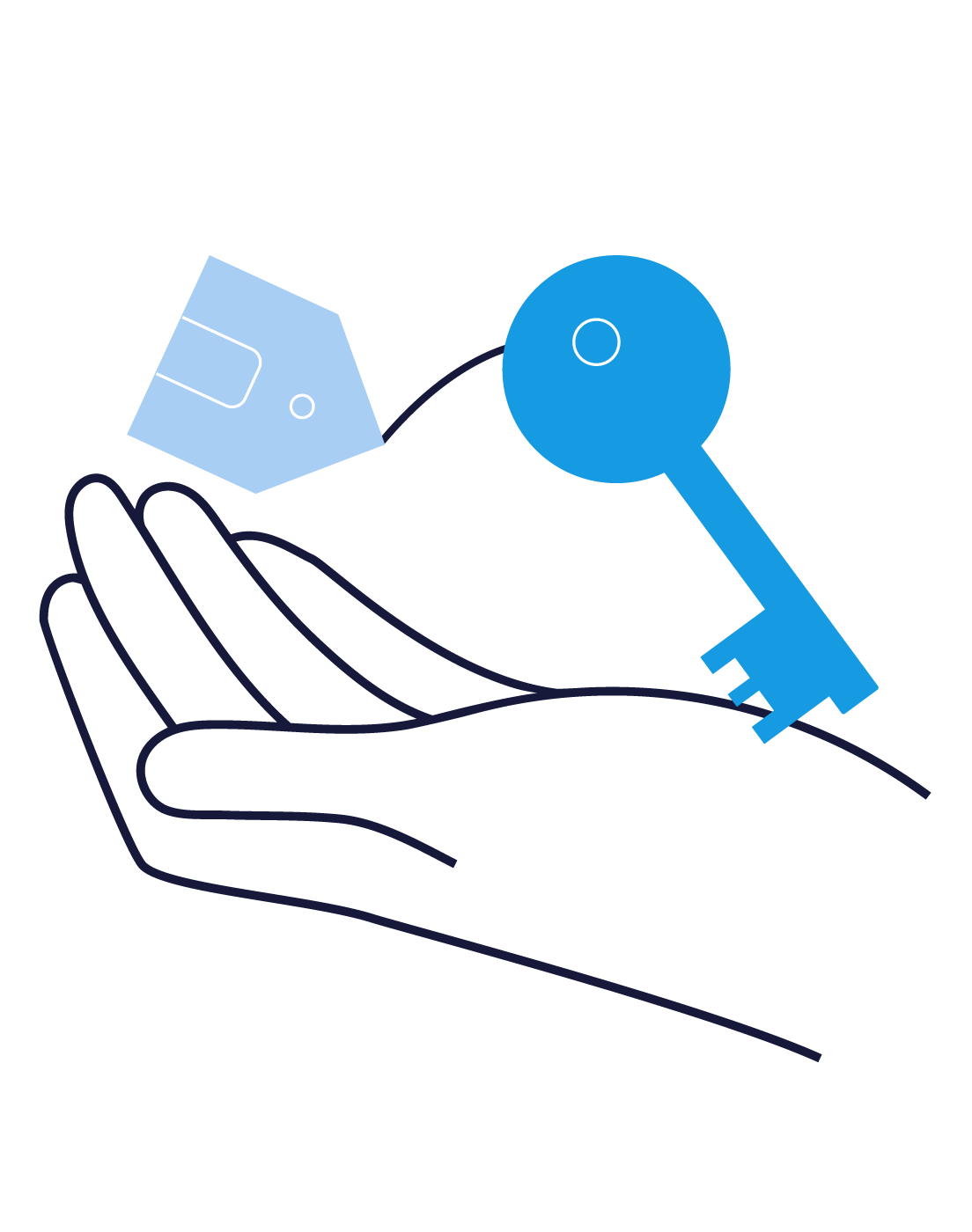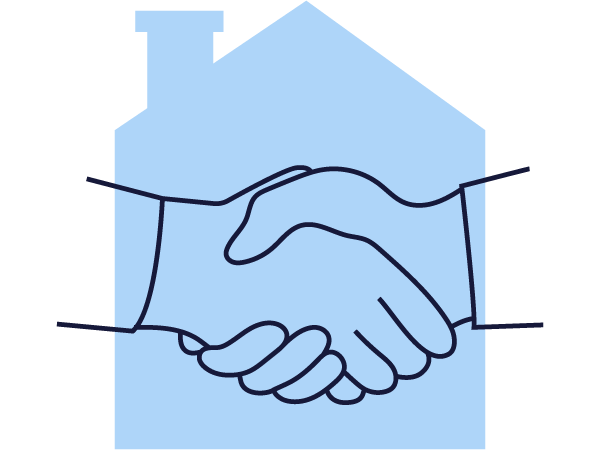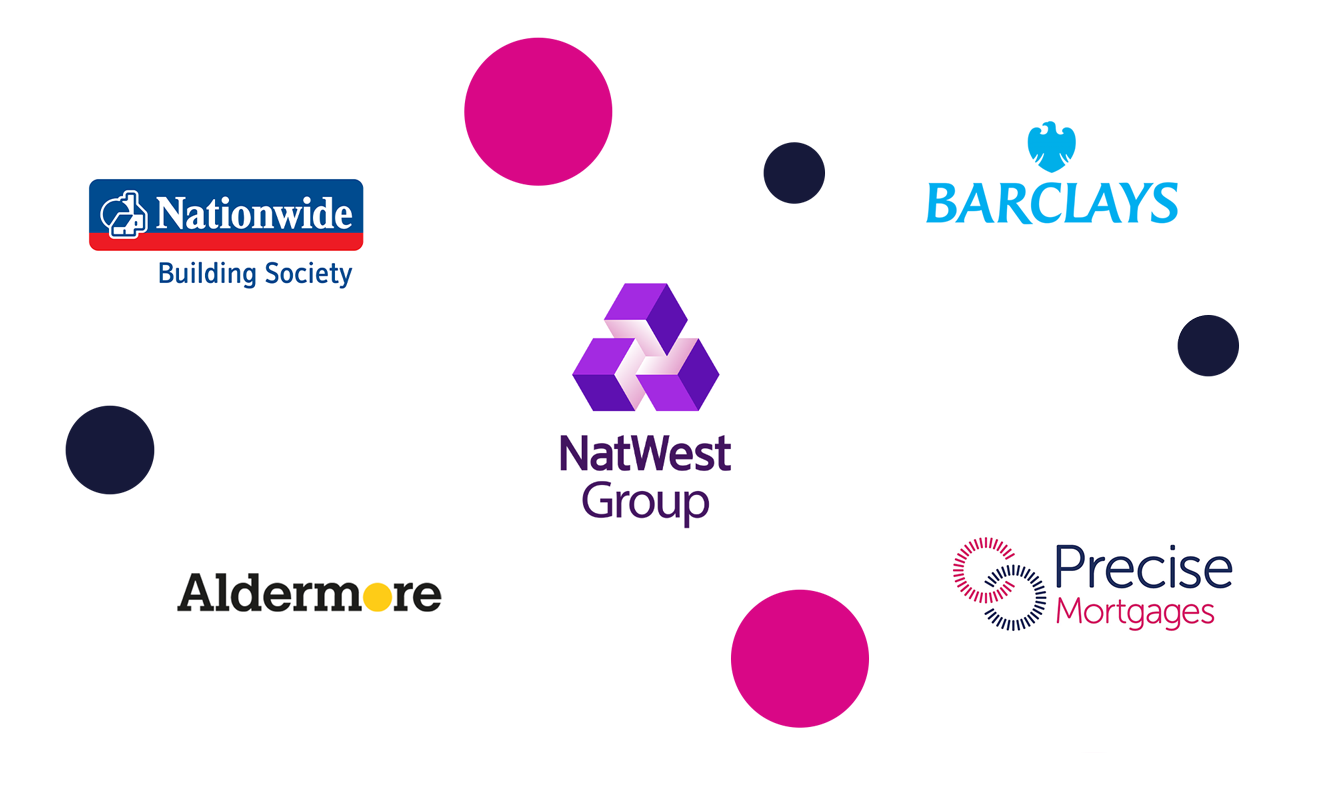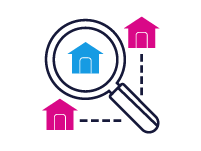Buy to let mortgages UK
Buy to let mortgages explained

How do buy to let mortgages work?
Thinking about investing your savings in a second property? Watch our video to discover everything you need to know about buying to let!

How to get a buy to let mortgage
If you are buying a property to rent, you will need a buy to let mortgage. Buy to let mortgages UK are very similar to residential mortgages, but with some key differences:
Buy to let mortgage deposit: Due to the increased risks involved with renting property, you will generally need a 25% deposit for a buy to let mortgage. It is however possible to get a mortgage with a 20% deposit and if you want to access the best buy to let mortgage rates, you will usually need 40% of the property purchase price.
Income: Most lenders will need you to receive between 125% and 145% of your monthly interest payments in rental income. You will also need earn a minimum of £25,000 a year.
Age: With the average mortgage lasting approximately 25 years, many lenders have an upper age limit of either 70 or 75 years old. To stand the best chance of getting approved for a buy to let mortgage, you will therefore need to be 45 years or younger at application.
YOUR HOME MAY BE REPOSSESSED IF YOU DO NOT KEEP UP REPAYMENTS ON YOUR MORTGAGE

-
Buy to let mortgage brokers
Whether you are buying your first rental property or an experienced landlord looking to expand your portfolio, our buy to let mortgage brokers can help you find the best buy to let mortgage for your needs.
They will take the time to understand your financial goals and compare thousands of deals from the UK’s leading lenders, to find the perfect deal for you. When you are ready to apply for your new buy to let mortgage, they will also handle the entire process from start to finish to remove the stress and hassle from you.

Landlord fees
When you invest in property there are a few additional costs you will need to consider, aside from your buy to let mortgage.
- Letting fees for landlords
Landlord letting agent fees
If you decide to use a letting agent to manage your property, you will need to pay them a fee to do so. They can carry out credit checks on perspective tenants, draw up contracts and chase any unpaid rent, which will usually cost you between 10 – 17% of your monthly rental income.
-
Stamp Duty Land Tax (SDLT)
An extra 3% is charged on top of the standard stamp duty rates for all additional property purchases. Please click this link Gov.uk – Stamp duty to find out more.
-
Capital Gains Tax (CGT)
If you sell your buy to let property and the profit you make from the sale is more than £11,700, you will need to pay Capital Gains Tax. If the property is jointly owned, the threshold increases to £23,400 and you will have to pay either 18% or 28% tax, depending on your tax bracket.
-
Landlord insurance
Whilst it is not mandatory to have contents and liability cover, landlord insurance will protect your property and its contents. It will also provide additional cover should a tenant or visitor die or sustain an injury whilst in your property.
-
Maintenance costs
As repairs to the property are your responsibility, you will need to set aside a budget for these.
Most Buy-to-Let Mortgages are not regulated by the Financial Conduct Authority
 Whole of market
Whole of market Expert mortgage advice
Expert mortgage advice 5-star rated service
5-star rated service